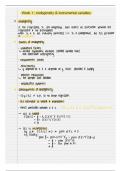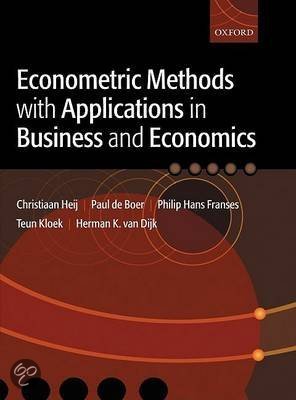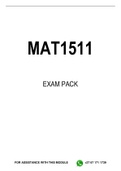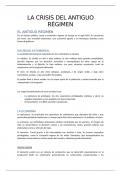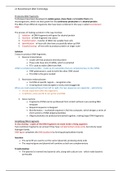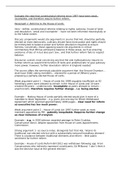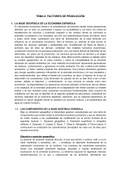Samenvatting
Econometrics 2 Summary
- Vak
- 6012B0378Y
- Instelling
- Universiteit Van Amsterdam (UvA)
This comprehensive handwritten summary covers key topics and concepts from lectures and the textbook "Econometrics Methods with Applications." The notes include detailed explanations on endogeneity and instrumental variables, generalized method of moments, maximum likelihood estimation, binary resp...
[Meer zien]
